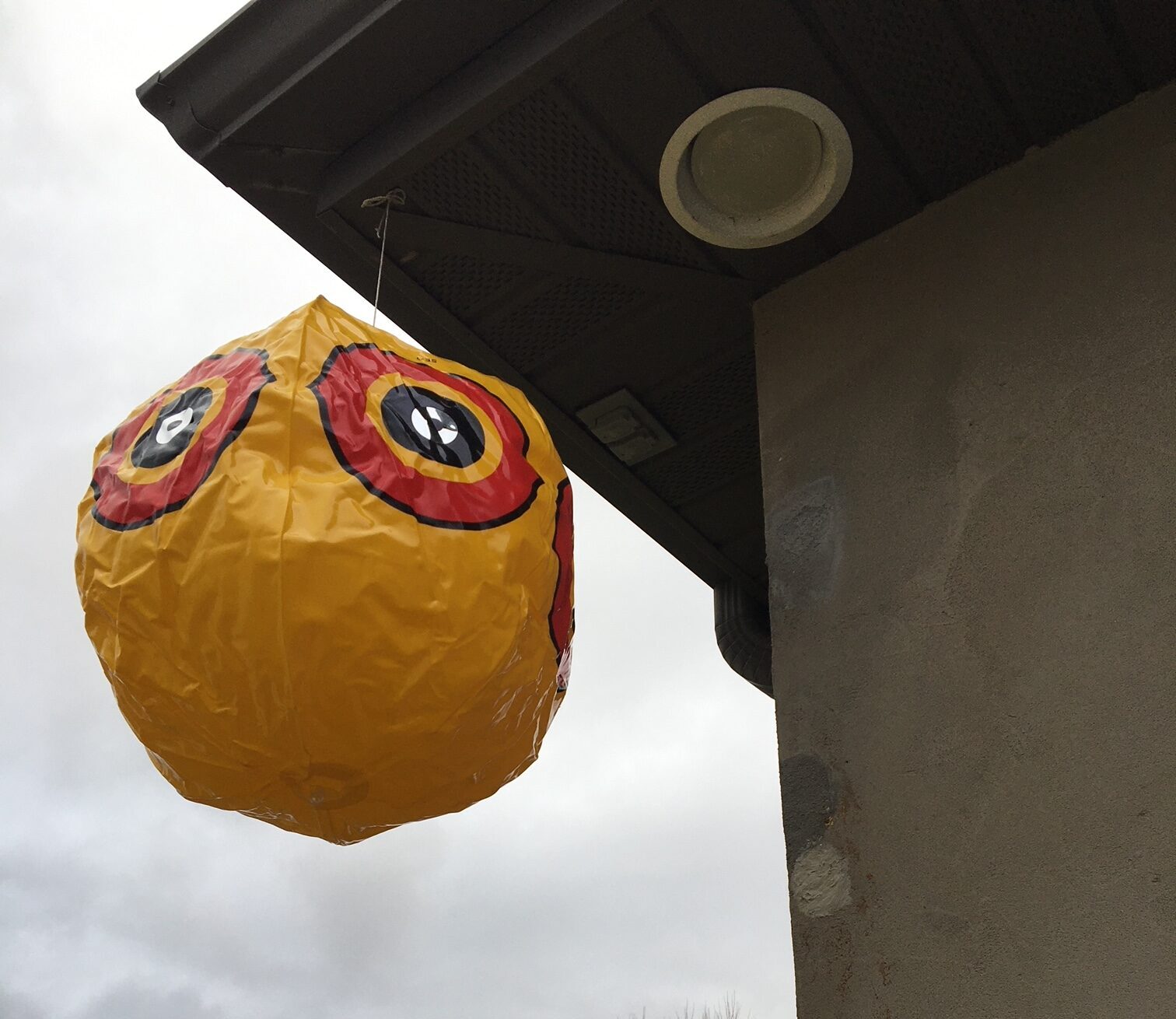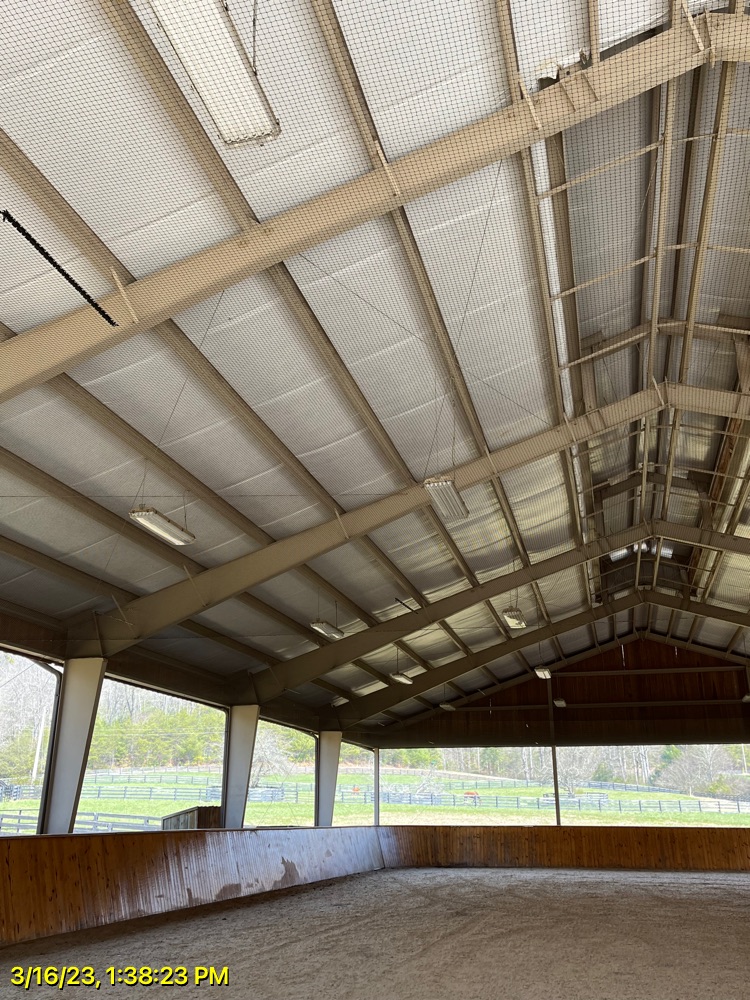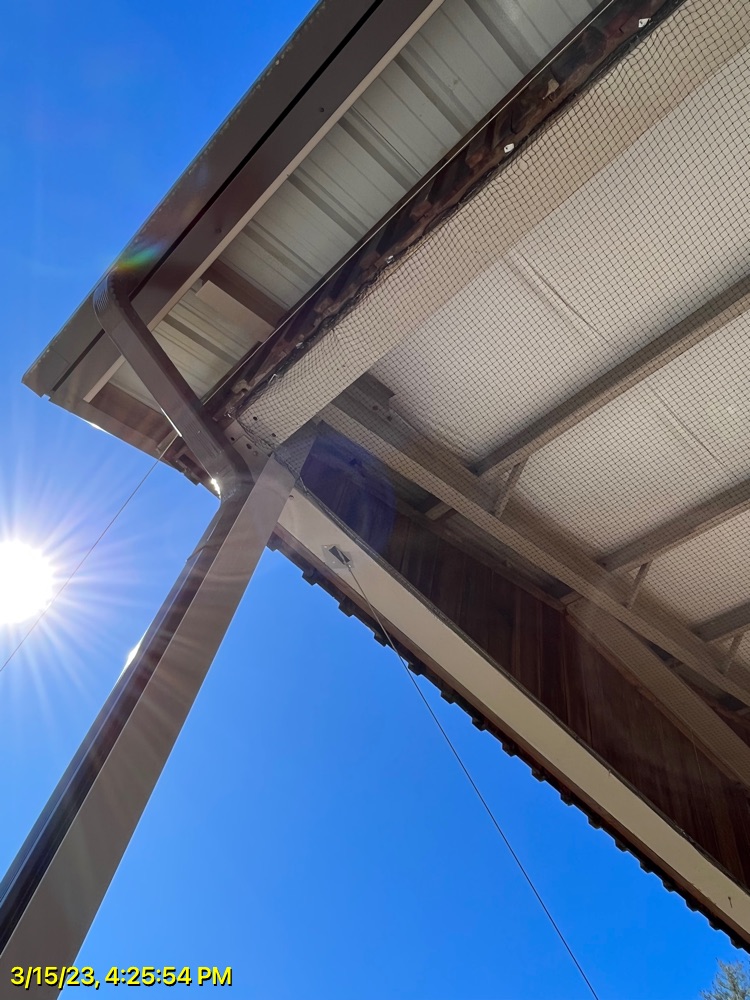
The best way to get rid of birds is harassment. It identifies spaces where birds are currently roosting or nesting and makes that environment less than ideal for roosting or nesting. Bird deterrents and repellents can work, but it depends on your location, bird species, local laws and regulations, and the damage or nuisances caused by bird activity. Most of the time, bird deterrents and repellents are the only options for keeping birds away from your home. Bird trapping is proper but only for specific species in certain situations.
Technicians at Critter Control also help you by inspecting your property and recommending the correct bird deterrents and repellents to prevent future bird problems.
Types of Bird Deterrents and Repellents
Pest birds spread diseases, damage buildings, and contribute to the loss of stored foods. Birds are prevalent in residential areas and can be a nuisance. Many commercially available bird repellents are available, though these products have been used to varying degrees of success.
Bird Netting

Pest birds spread diseases, damage buildings, and contribute to the loss of stored foods. Given their status as nuisances and their prevalence in residential areas, many deterrents and repellents are commercially available, though these products have been used to varying degrees of success. For instance, bird netting is a common deterrent used to exclude birds from their favorite nesting areas like the eaves of buildings. While this works to a certain extent, installation is difficult and time-consuming. Additionally, the netting becomes ineffective over time because wear creates holes that allow smaller bird species through.





There are multiple types of bird netting, including the following:
- Twine
- Rope
- Plastic
- Synthetic fibers
- Metal
Netting sizes are chosen based on which birds you want to keep off your property. For example,
- ¾” will keep out sparrows and any bird larger than a sparrow.
- 1 1/8” netting will keep starlings, pigeons, and larger birds out.
- 2” netting will keep away seagulls, hawks, and larger birds.
Nets come in different colors to match the area where they will be placed. If you have a wide range of birds, the smallest netting size is best.
Bird Spikes & Wire
Metal spikes and wires work similarly, as they are placed on ledges to make it difficult for birds to land. They do not harm birds because they are not sharp and have dull points. They simply deter them from landing and roosting in particular places. Pigeons, seagulls, and crows are most likely deterred by spikes and wires. Metal spikes and wires generally don’t deter smaller species like sparrows or starlings, however.
Bird deterrent spikes are easy to install and come in various sizes for windows, ledges, eaves, and gutters. They can also be bought in multiple materials, like plastic or metal.
Wire systems are parallel strands of wire strung between metal pegs that work as barriers. They are primarily used on windows and building ledges. While they successfully make it difficult for birds to roost in such places, this method targets pigeons almost exclusively and will not guard against other pest species.
Sonic and Ultrasonic Devices
Sonic bird-repellent devices release sounds that humans can hear. Ultrasonic devices emit sound frequencies beyond what humans can hear, but birds can still hear them. Both devices can send sounds that mimic bird predators, like eagles or owls, scaring away many bird species. You may also choose devices that emit clapping, shouting, screeching, screaming, or gunshots.
In addition, both devices are eco-friendly and effectively reduce the number of birds and bird droppings on your property.
The advantages of sonic devices include the following:
- Provide faster results
- Sounds cover wide areas
- Easy to install and use
- Provide results for an extended period
- Safe and humane
The disadvantages of sonic devices include the following:
- The sounds from the device can become annoying to humans
- The device may not scare away all bird species
- Birds may get used to the sounds after a while
The advantages of ultrasonic devices include the following:
- Humans cannot hear the noises, so they aren’t annoying
- Devices offer multiple frequencies to prevent birds from getting used to the sounds
- Devices require little maintenance
- Noises may also repel bats, rodents, and other critters
The disadvantages of ultrasonic devices include the following:
- Not every bird species will be deterred or repelled
- A device may annoy your pets
- It may take birds longer to respond to sounds
The effectiveness of sonic and ultrasonic devices will vary. A bird removal expert can tell you which noise bird deterrents work best in your home.
Visual Deterrents
Visual deterrents refer to decoys of bird predators that scare birds away from your home. Examples of predator decoys for birds include:
- Owls
- Eagles
- Hawk
- Coyote
- Snakes
Other visual deterrents to scare birds include reflective tape, holographic devices, eye balloons with bright colors, and lasers.

While visual deterrents are effective on some birds, like those that scare easily, others can quickly get used to them. Some birds will not leave until they are sure it is a predator. You would often have to move the deterrents around your property to make it seem more real. Like other deterrents and repellents, they can lose effectiveness over time.
Best Solution: Call a Professional
Since most bird repellents only work as short-term solutions, it is recommended that you call a professional pest control service. They can guide you on installing the best bird deterrent for the species of birds causing problems around your home. They consider the time of year, environment, and types of damage before preparing a solution.
The specialists at Critter Control establish long-term plans to keep pest birds away from private properties. Find Critter Control technicians closest to you by searching their office locator. They can assess your situation and tell you how to repel birds on your property.